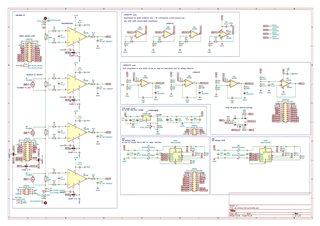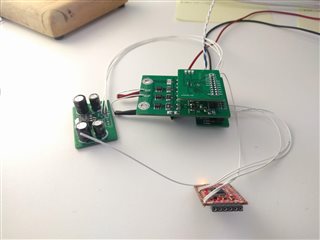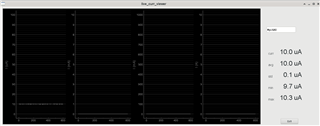Hi,
I'm designing a battery powered current meter with the INA190A3 (gain 100V/V). So the floating power supply of the INA190 will have its ground tied to the negative input of the amp IN-. I want the user to be able to connect the inputs IN+ and IN- either way around with their device under test. Even though the voltage drop across the inputs will only be 40mV at most, if I add 1k resistors to inputs to limit current, can I safely operate the amp indefinitely with up to 5V difference between IN+ and IN- with polarity either way around? So if IN+=[+5] and IN-=[0]V, as well as IN+=[-5] and IN-=[0]V.
Thanks.
Shailen.




